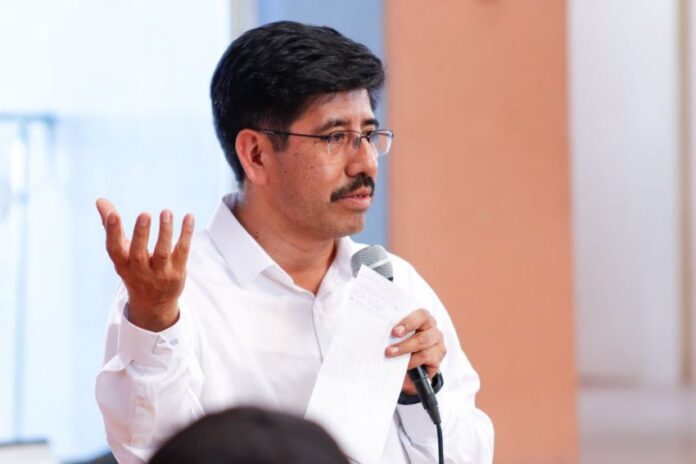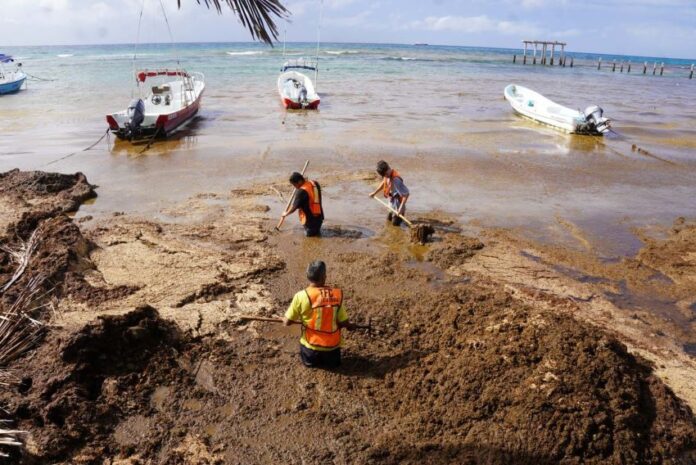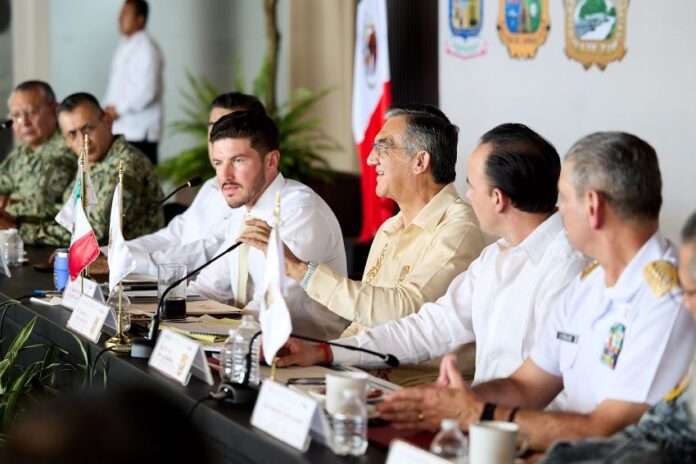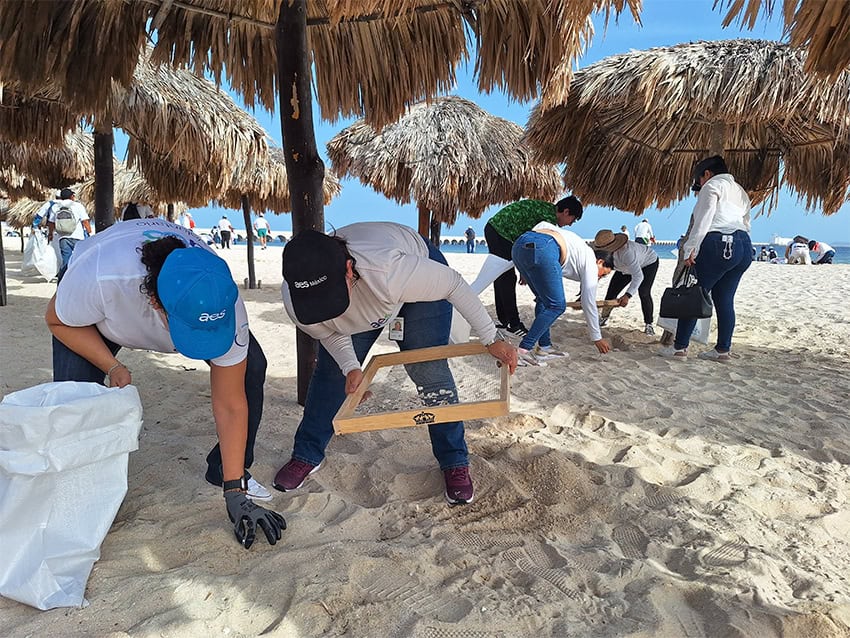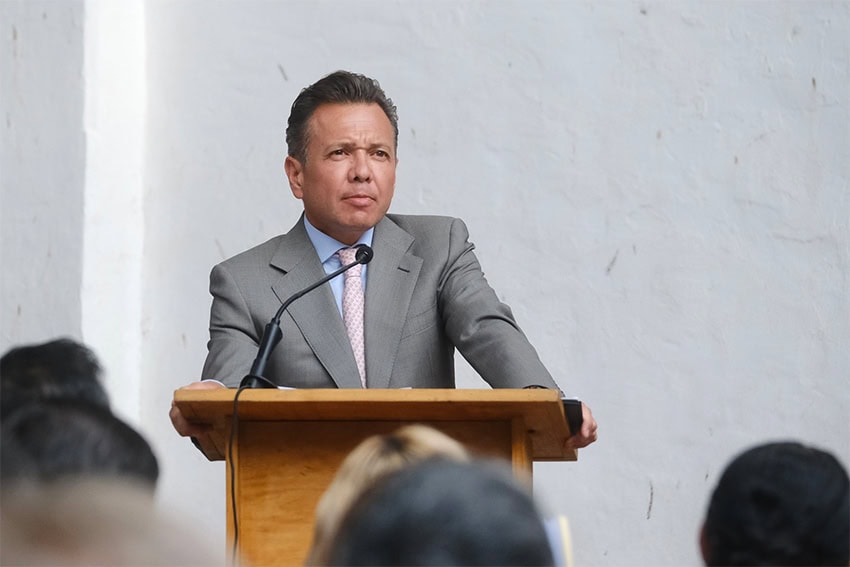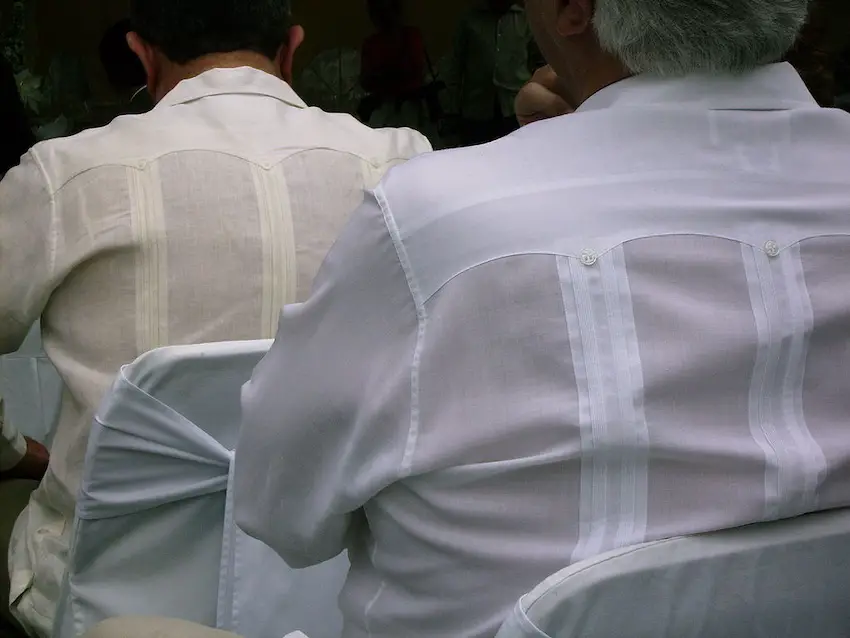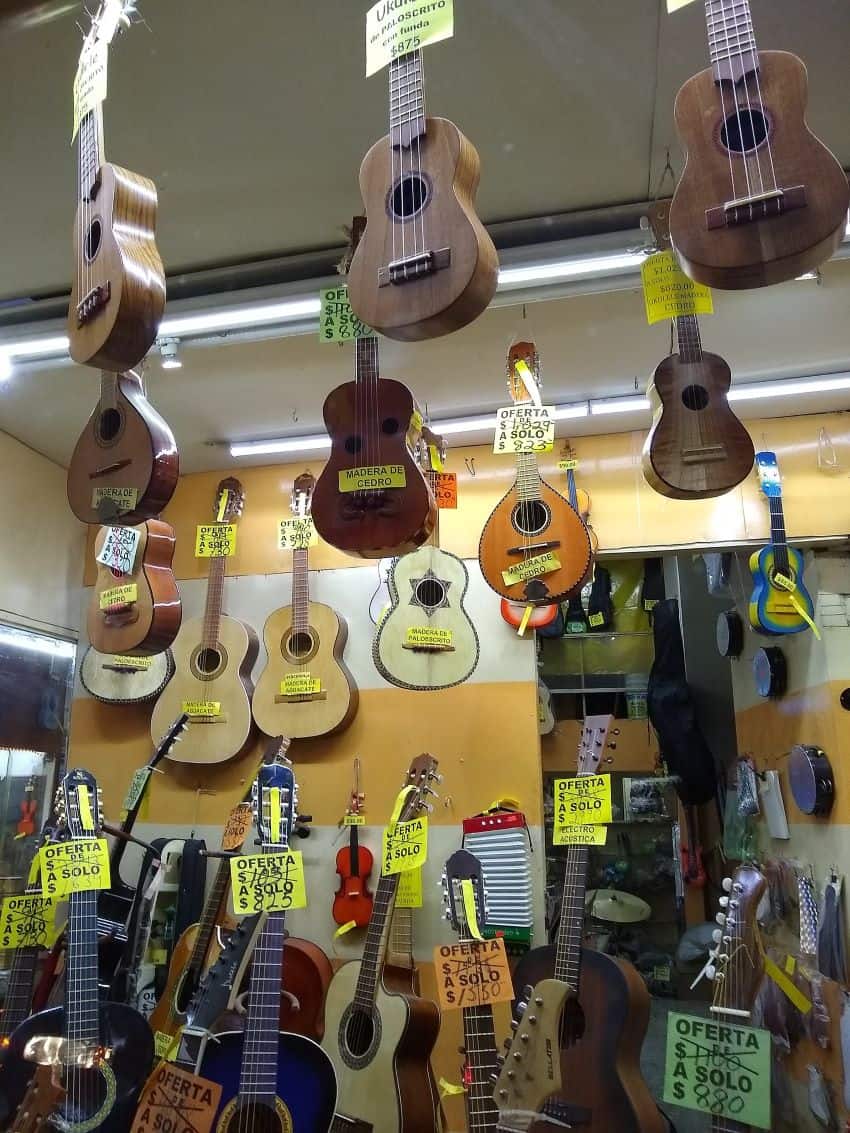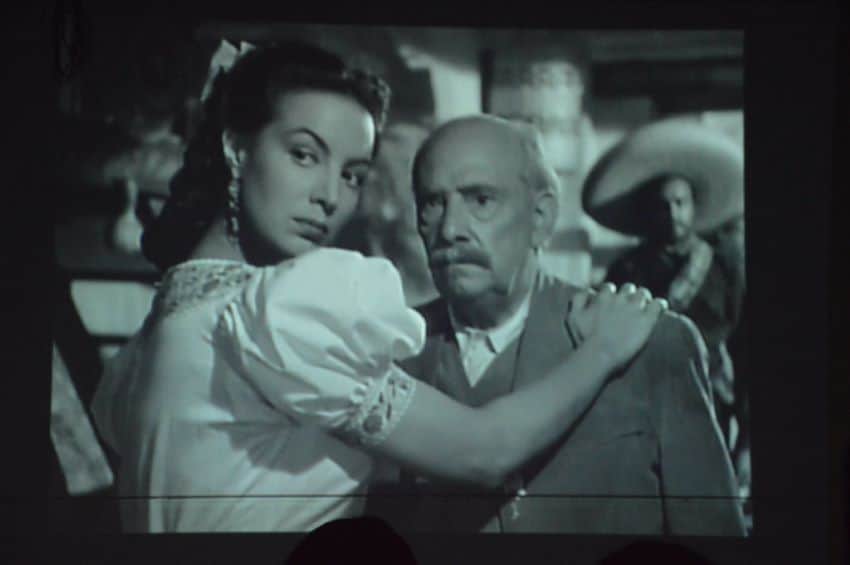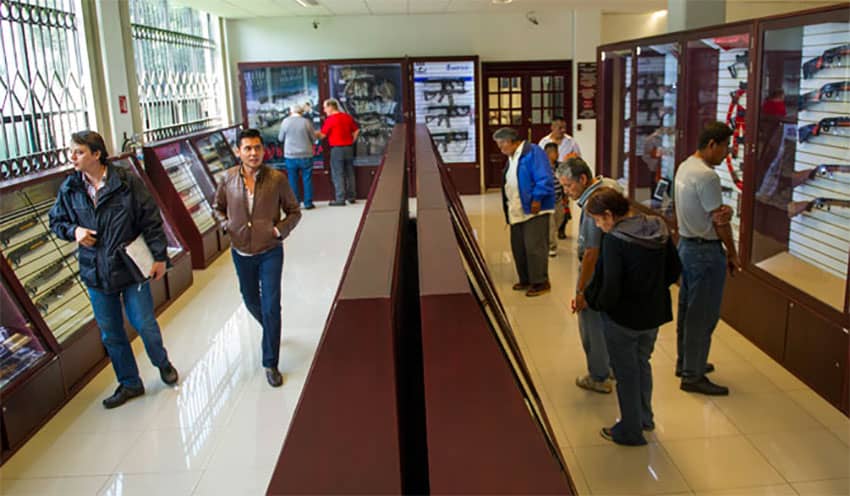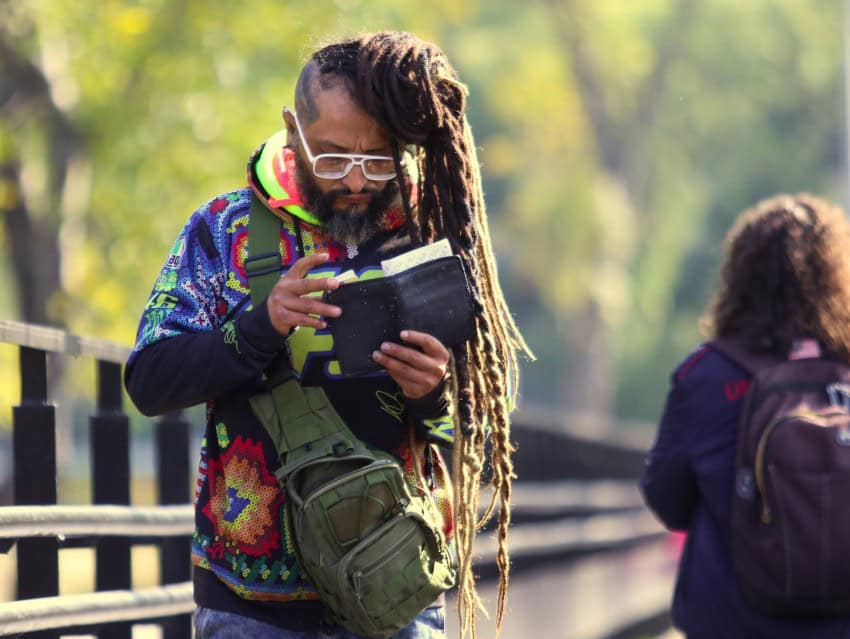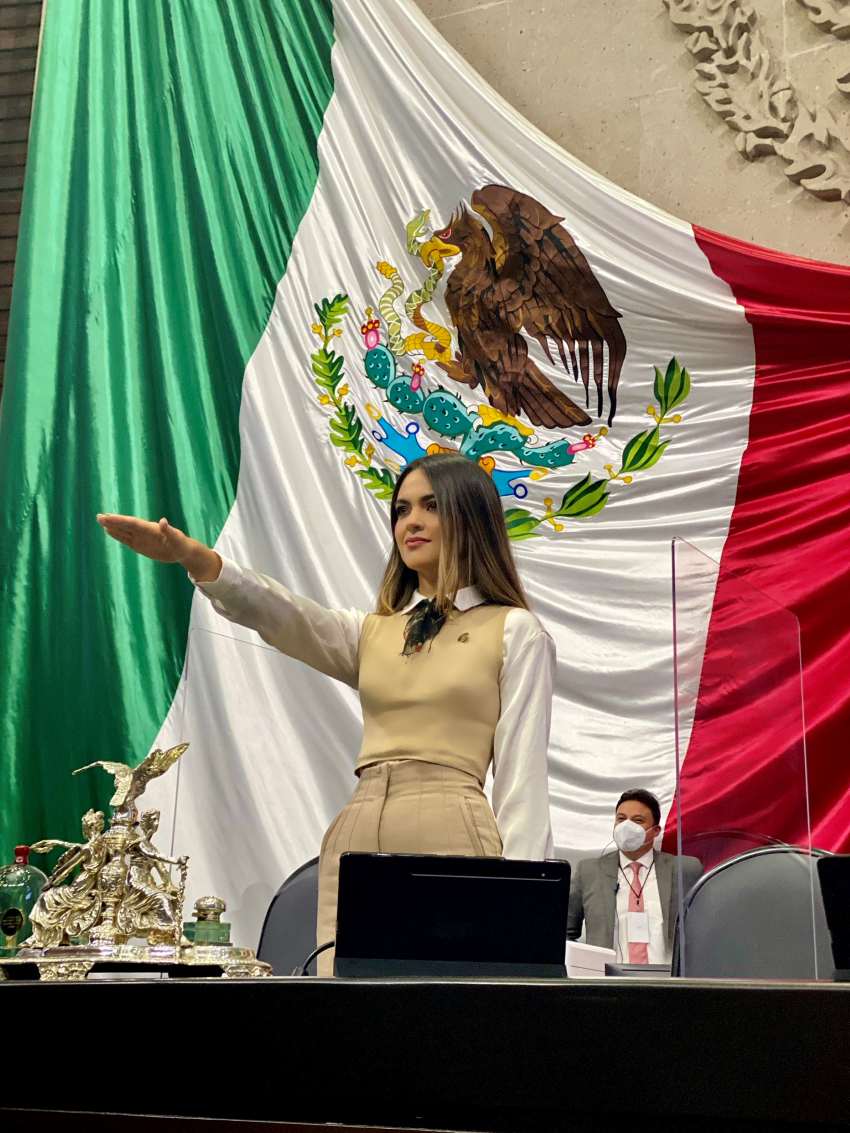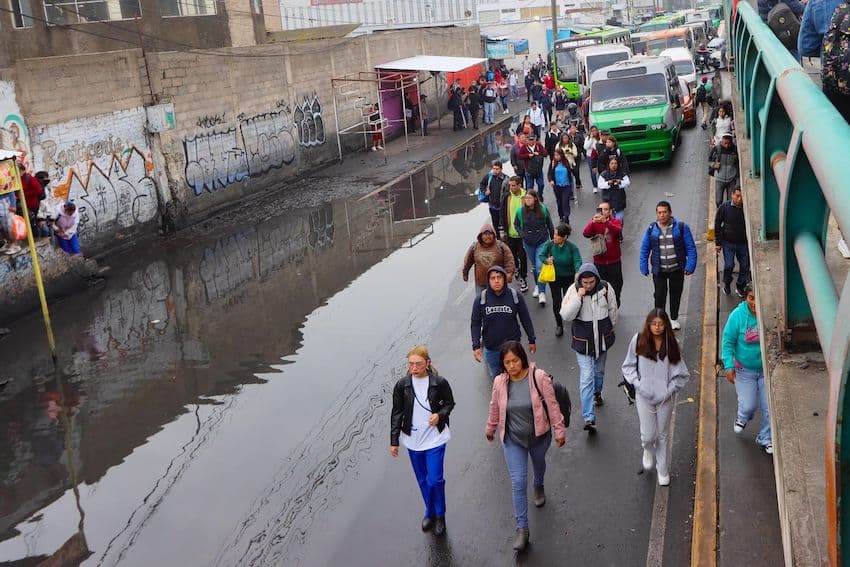Hugo Aguilar Ortiz, an Indigenous lawyer originally from the Mixtec region of Oaxaca, will be the next chief justice of Mexico’s Supreme Court (SCJN) after 6.1 million people voted for him on June 1 in Mexico’s first-ever judicial election.
According to the National Electoral Institute (INE), Aguilar had 5.3% of the votes, making him the most-voted candidate among the aspiring ministers of the SCJN. Sunday’s election saw approximately 13 million voters (12.3% of all Mexicans eligible to vote) who were required to select five female candidates for justice and four male ones from a pool of over 60 aspirants.

Aguilar, 51, will be sworn in before the Senate on September 1 and will assume leadership of the Supreme Court as chief justice on the same day.
Since the election, Aguilar has not publicly declared himself winner. However, in recent interviews, he has expressed feeling “impressed” and “happy, very happy,” due to the historic significance of his election for Mexico’s Indigenous and Afro-Mexican communities.
“I am very pleased that the next president of the Supreme Court is an Indigenous Mixtec from Oaxaca, a very good lawyer,” President Claudia Sheinbaum said at Wednesday’s morning press conference. “I have the privilege of knowing him.”
The new president of the SCJN is considered sympathetic to the ruling Morena party, although he has no formal political affiliation. Since 2018, he served as general coordinator of Indigenous rights at the National Institute of Indigenous Peoples (INPI), where he coordinated the public consultations of former President Andrés Manuel López Obrador’s flagship projects, including the Maya Train, the Interoceanic Corridor, and the Felipe Ángeles International Airport.
Aguilar was nominated by the executive branch and received support from Sheinbaum, who in February said, “We want an Indigenous person to join the Supreme Court.” Although she did not mention Aguilar’s name, he was the only Indigenous candidate.
Government critics say this affinity will eliminate a vital check on the executive and legislative power.
With a career spanning over 30 years of experience advocating for the rights of the Indigenous peoples, Aguilar’s campaign slogan for the position of Supreme Court Justice was “It’s our turn.” It expressed his view that Mexico needed greater representation of Indigenous voices in the country’s judiciary system.
Before being elected as head of the SCJN, Aguilar had said that if he were to win a seat on the court, he would not wear a judicial robes and would instead wear the common attire of Indigenous communities to give the Supreme Court a new image of multicultural integration.
With reports from El País, La Jornada, CNN and El Economista
*Editor’s note: An earlier version of this story incorrectly referred to Aguilar as the court’s first Indigenous chief justice. That would be Benito Juárez, who served as the chief justice of Mexico’s Supreme Court for a little over a month prior to assuming the presidency in January 1858.
